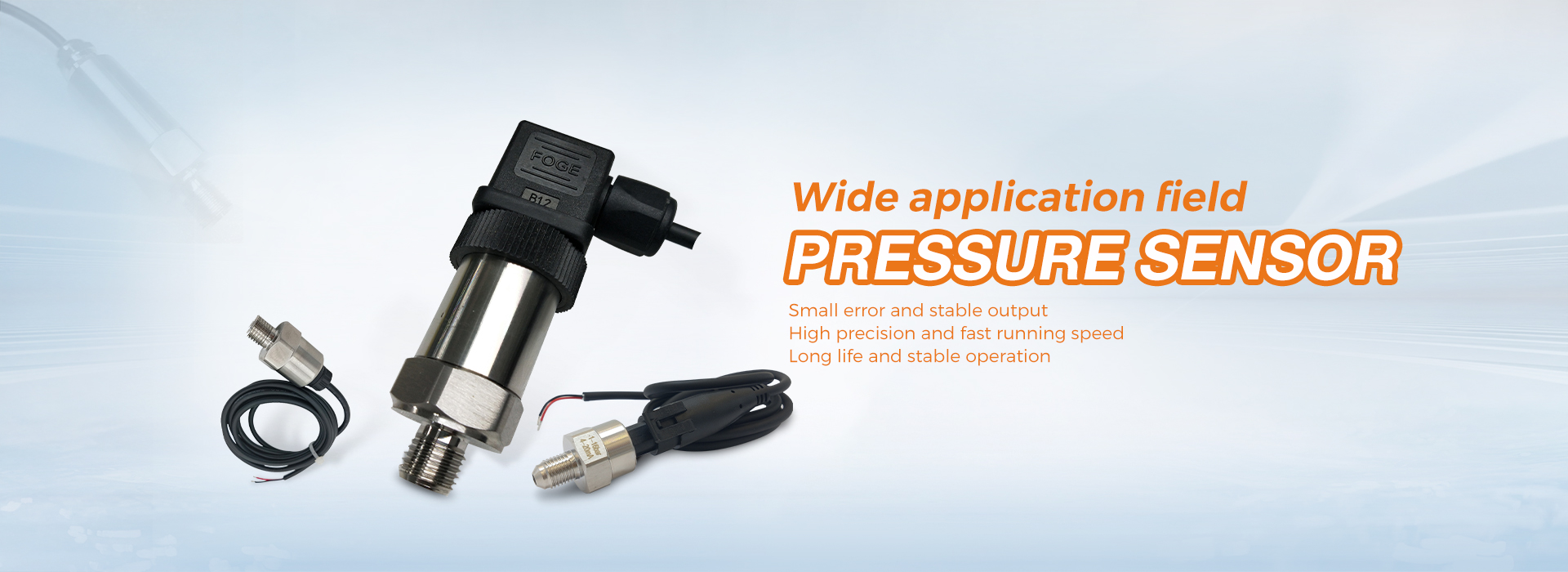Piezoresistive pressure sensors are mainly based on the piezoresistive effect. The piezoresistive effect is used to describe the change in resistance of a material under mechanical stress.Unlike the piezoelectric effect, the piezoresistive effect only produces a change in impedance, not an electric charge.
Piezoresistive effects have been found in most metallic and semiconducting materials.Among them, the piezoresistive effect in semiconductor materials is much larger than that in metals.Since silicon is the mainstay of today’s integrated circuits, the application of piezoresistive elements made of silicon becomes very meaningful.The resistance change comes not only from the stress-related geometric deformation, but also from the stress-related resistance of the material itself, which makes its degree factor hundreds of times larger than that of metals.The resistance change of N-type silicon is mainly due to the redistribution of carriers between the conduction band valleys of different mobilities caused by the displacement of its three conduction band valley pairs, which in turn changes the mobility of electrons in different flow directions.The second is due to the change in equivalent mass from the change in the shape of the conduction band valley.In p-type silicon, this phenomenon becomes more complex and also leads to equivalent mass change and hole conversion.
Piezoresistive pressure sensors are generally connected to a Wheatstone bridge through leads.Usually, there is no external pressure on the sensitive core, and the bridge is in a balanced state (called zero position). When the sensor is pressurized, the chip resistance changes, and the bridge will lose its balance.If a constant current or voltage power supply is added to the bridge, the bridge will output a voltage signal corresponding to the pressure, so that the resistance change of the sensor is converted into a pressure signal output through the bridge.The bridge detects the change of the resistance value, and after amplification, it is converted into the corresponding current signal through the conversion of voltage and current.The current signal is compensated by the non-linear correction loop, that is, a standard output signal of 4-20 mA with the input voltage having a linear corresponding relationship is generated.
In order to reduce the influence of temperature change on the resistance value of the core and improve the measurement accuracy, the pressure sensor adopts temperature compensation measures to maintain a high level of technical indicators such as zero drift, sensitivity, linearity, and stability.
Post time: Apr-03-2022



